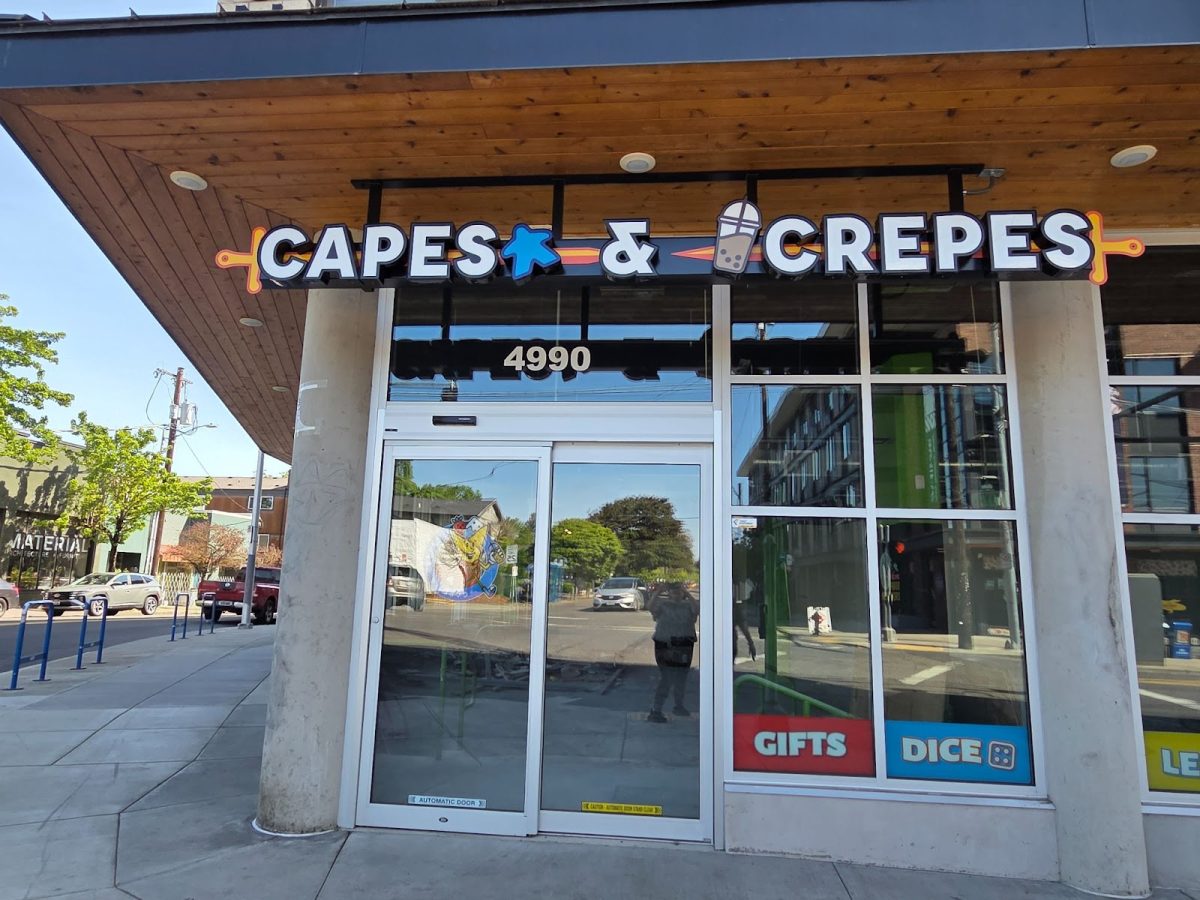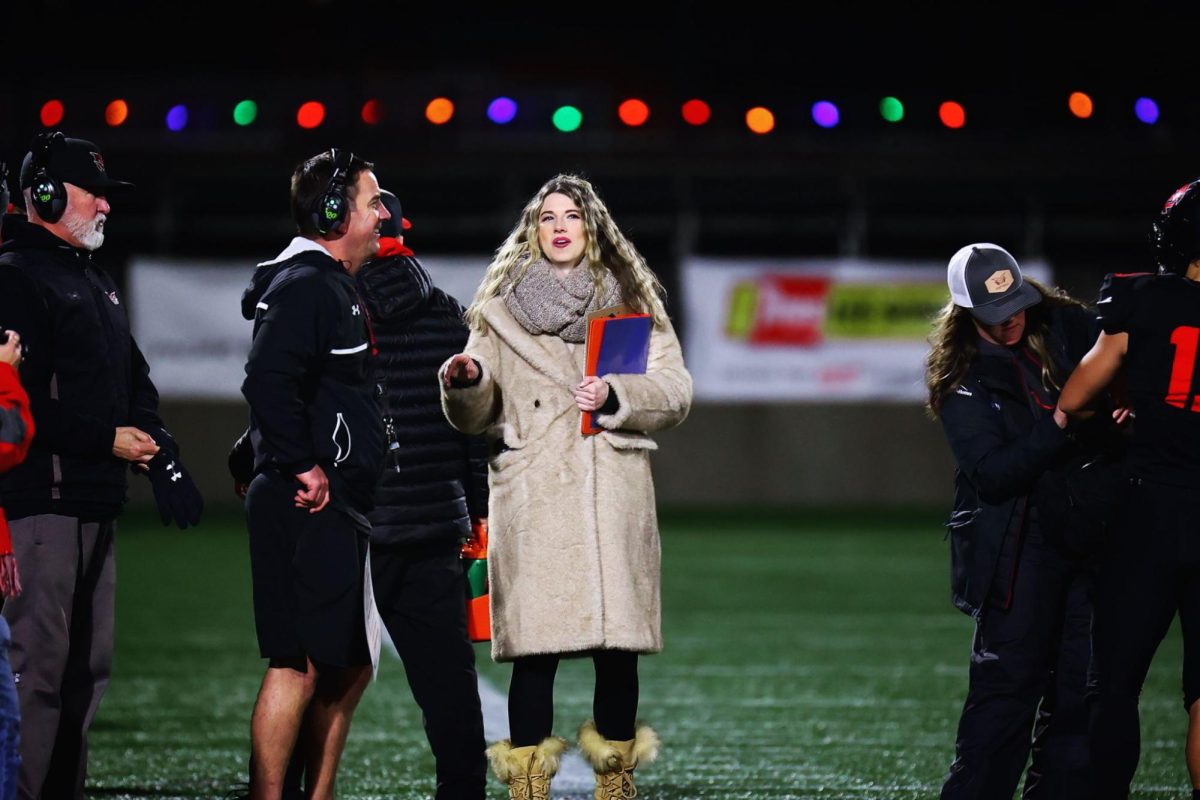
9:45. Bells ring, and the hallway fills as students flood out of classrooms and towards the main hallway like white blood cells to a wound. In the connecting doorway between the STEAM and main buildings, students shove as they try to get to their next classes, movement as slow as molasses from a bottle.
Hallway issues are just one of many symptoms of a school with crumbling infrastructure. Franklin’s community has never been bigger, and the new building, with a capacity of only 1700, is struggling to keep up. While the towering architecture and grand state of the art facilities don’t suggest a space issue, the building faces many consequences from greater enrollment.
In recent years, Franklin’s population has expansively risen, from 1491 students in 2016, to 1645 in 2017, to 1818 this year, bringing it well over capacity. Such growth is likely spurred by neighborhood changes in Southeast Portland, according to Principal Chris Frazier. “[Portland’s] a very [mobile] city where students and families are able to move to a greater extent. There’s a lot more students and possibilities,” he says, “The Southeast community has been growing for some time.”
The result of such growth is a disproportionate number of students per classroom and seat, and too few resources to give them their essential materials. “Because of increased enrollment, our classes have ballooned just a little bit. Previous years [average class sizes] were about 28 [or] 29, but now we’re upwards to 29, 30, 31… some of the electives, those classes are a bit larger,” says Frazier. “We’re not able to provide our students with some of the resources they need.”
One of the earliest consequences administration has faced is is allocating lockers to students. This year a sign-up system replaced the policy of providing one to every senior, acknowledging the infrequent or absent use of lockers by many.
The district has also taken measures to help alleviate these issues, providing new Full Time Equivalent (FTE) staff members to help offset the issues of growing pains and communicating with the individual schools. “Weekly I’m working with the district on ‘these are some of our issues, these are some of our concerns- can you support us, knowing that we have a larger student body [and] a larger number of parents and community activities and events that we need to continue to think about?’” Frazier says.
Franklin has also taken steps to address other enrollment issues. While Frazier doesn’t think that students providing false addresses is a leading factor in creating the population problem, the district has nonetheless taken an important step in preventing fraud. “This year at registration we had [officers from] Enrollment and Transfer that [were] actually on our campus and… asking for verification from incoming ninth graders,” he says, “which is something that’s been new but that [has done a lot] to help balance and keep our [student population] at a… magical number.”
“At some point, the district is going to have to look at and consider boundaries to [an extent, but they’re not there just yet,” Frazier says. In the meantime, classes will be shifted and sacrificed to make room. “Some of the balancing is something else that we do with teachers to help them think about the programs that we offer and potentially a smaller class size might be one that… may be cut so there’s more balance and more equity.”
“As a school community, we serve the students that are interested in our care to the best of our ability, and do the best we have with what he have,” Frazier says. While the building fills up, the staff is trying their best to keep it together.
































